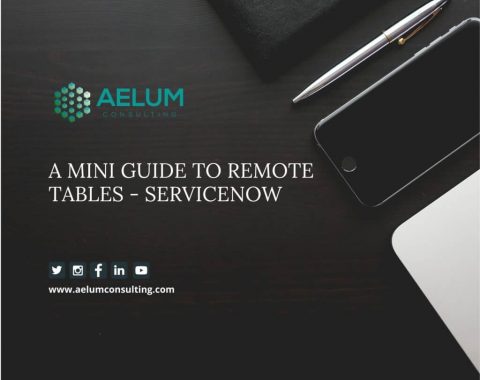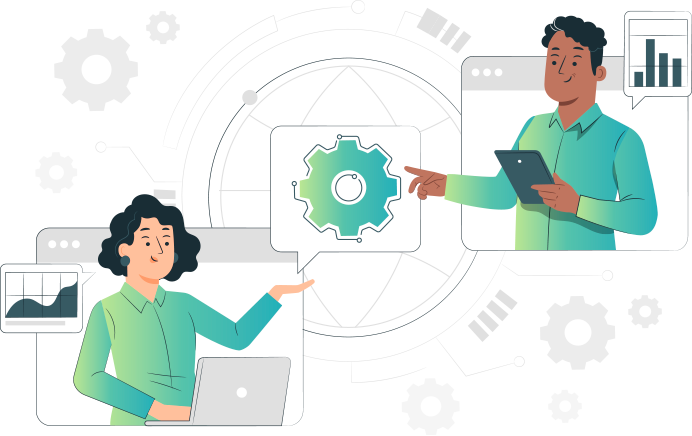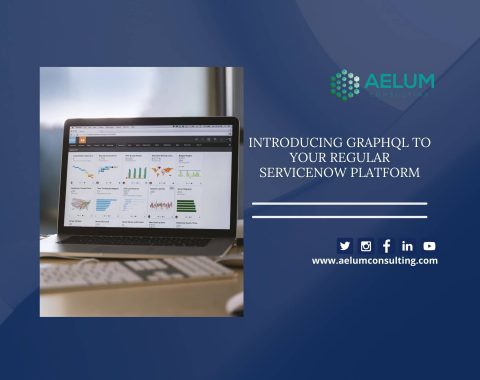
A Mini Guide To Remote Tables – ServiceNow
Remote tables are another component that permits you to characterize a table inside

While Cloud and DevOps enable greater agility, they also introduce increased complexity due to their dynamic nature. Hence, detecting and resolving issues only after they have already affected users is no longer sufficient. ServiceNow ITOM allows you to:
We empower your ops teams with the tools and capabilities they need to proactively manage their IT environment and reduce the likelihood of P1/P2 incidents.
We provide you with the tools and capabilities necessary to automate incident management and monitor critical IT services and applications in real time.
Allowing you to identify performance issues in real-time through data visualization, empowering you to take proactive steps to prevent similar issues from happening again.
Reducing recovery times by swiftly deploying insights-based solutions and streamlining recurring tasks with pre-configured playbooks and a comprehensive knowledge base.

We help you identify which IT operations you want to manage with ITOM, what outcomes you hope to achieve, and how you plan to measure success. It helps in aligning the business processes and their related CIs, and creating accurate representation of the IT estate within the CMDB
To avoid overwhelming teams with too much data and derailing discovery projects, we focused on the business services and associated CIs that matter most to your enterprise. We limit discovery schedules to smaller, more manageable IP ranges and validate incoming data meets expectations.
Some CI types may not be suitable for discovery using ServiceNow due to factors like security or network constraints. To overcome this, we help you assess your current toolsets and explore the possibility of using them in tandem with ServiceNow Discovery to gather additional data from these sources.
We keep monitoring the performance of ITOM and making any necessary adjustments to ensure it continues to meet your objectives and deliver the outcomes you need. This involves regular reporting and analysis, as well as ongoing training and support for end-users.

Locating physical and logical configuration items (CIs) of your IT infrastructure, such as servers and Kubernetes clusters, and ensuring the CMDB 360 is updated with the information.

Defining the relationship between business services and IT components in dynamic environments and creating end-to-end maps of your technical services and application

Creating a centralized inventory for CMDB by allowing you to track firewall policies (along with their versions and attributes) and monitor the ownership from a single location

Reducing noise from monitoring tools, correlating thousands of alerts, and presenting only actionable alerts to provide insights into business service health and saving time.

Proactively analyzing your IT infrastructure for performance anomalies to identify service degradation, as well as using intuitive data visualization to highlight hotspots

Providing powerful cloud configuration visibility and automated remediation options to close configuration loops, minimize security risks, and prevent data breaches

Ensure compliance with organizational tagging policies for deployed resources to mitigate the risk of inconsistency caused by cloud sprawl resulting from multiple group deployments
If you intend to self-implement ServiceNow ITOM, it is crucial to ensure that your platform team possesses the knowledge and skills beforehand. For this reason, many ServiceNow ITOM customers opt to collaborate with a partner with ITOM implementation experience rather than attempting it themselves.
Here are a few reasons why our expertise in implementing ServiceNow ITOM is necessary:
Configuration Management Database (CMDB) in ServiceNow ITOM is a repository that stores information about the IT assets and infrastructure within an organization. It is a central location for all configuration items (CIs), which are the assets, applications, and services that comprise an IT environment.
The CMDB allows IT teams to manage and track CIs, their relationships, and dependencies. It provides a complete picture of an organization’s IT infrastructure and helps IT teams to make informed decisions regarding change management, incident management, and problem management, which is critical for IT teams to manage service availability and performance, reduce mean time to repair (MTTR), and improve overall service delivery.
ITOM predictive AIOps (Artificial Intelligence for IT Operations) is a technology that uses AI and ML algorithms to analyze data and detect patterns within an organization’s IT infrastructure.
Predictive AIOps in ITOM can help IT teams to:
ITOM Governance in ServiceNow is a set of policies, procedures, and guidelines that organizations can use to manage their IT infrastructure, resources, and operations effectively. It helps organizations to align their IT operations with their business goals, improve service delivery, and reduce risk.
The following key areas are part of ITOM Governance:
With ServiceNow ITOM, you can discover and manage a wide range of IT infrastructure components, including:
















Remote tables are another component that permits you to characterize a table inside

GraphQL API Framework is a new feature added as a part

GlideTable Hierarchy is a ServiceNow Server scoped API which provides information about the